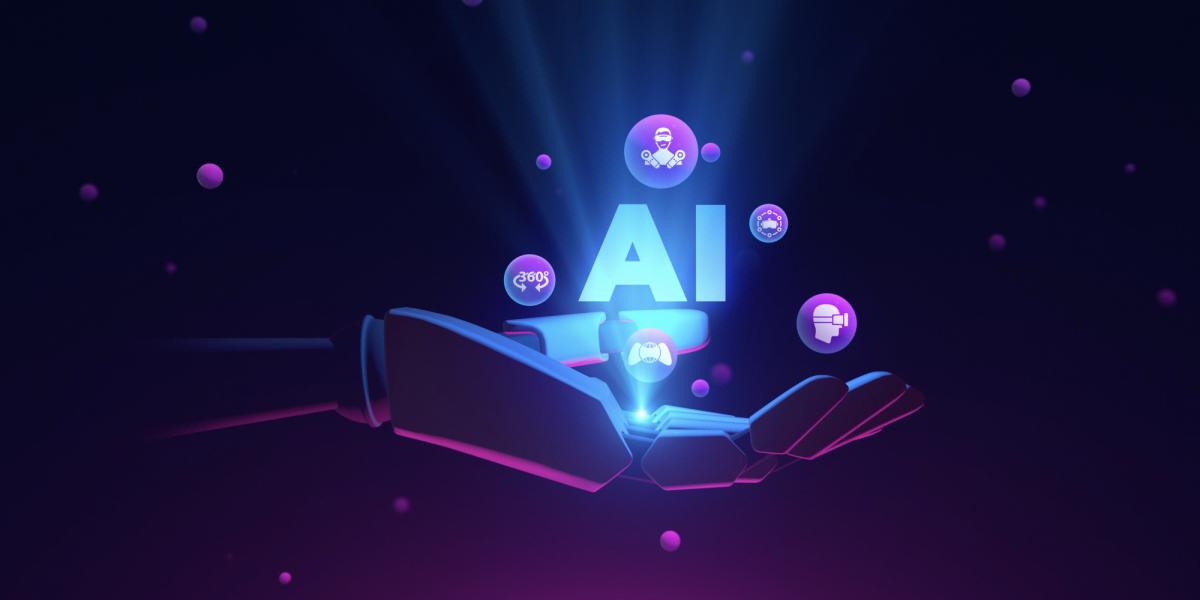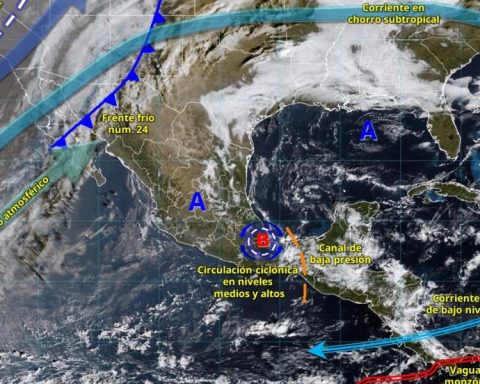Growth in the Use of artificial intelligence toolsas Chatgpt and Deepseek, It has generated concerns about its environmental impact, particularly in regard to water consumption.
As the AI models become more complex and demanding, their water footprint has become an issue of discussion between experts, companies and governments.
AI and water
He Water consumption in the AI supply chain It is mainly associated with data centers, which serve to train and operate advanced models such as Chatgpt, Deepseek and other automatic learning systems.
These data centers not only require large amounts of electricity, but also depend on water for cooling systems, which avoid overheating servers.
The training of large -scale AI models can consume thousands of liters of water, depending on the location and energy efficiency of the data center, according to a Study of the University of California.
According to the study, Train an advanced language model like GPT-3 In Microsoft data centers in the United States can directly consume 700,000 liters of fresh water, mainly through evaporation in cooling towers.
This volume of water is equivalent to what would be needed to produce hundreds of cars or fill several Olympic pools. The calculation does not include the indirect water used in the generation of electricity, which would further raise the total water footprint.
The global water footprint of the AI
According to a OECD articleit is projected that, by 2027, the global demand of AI could represent between 4,200 and 6.6 billion cubic meters of water, a figure that exceeds the annual consumption of water from countries such as Denmark or half of the United Kingdom consumption. This figure includes both the water used directly in the data centers and the one used in the generation of electricity necessary to feed them.
The problem is aggravated when we consider that the water used in the data centers is mostly fresh and drinkable water, an increasingly scarce resource in many regions of the world.
According to a Article published in The Conversationexcessive water consumption by AI could undermine the environmental benefits that this technology promises, such as the optimization of resources and the reduction of carbon emissions.
Other sectors
Although the Water consumption of AI It may seem alarming, it is important to contextualize it. According to the Organization for Economic Cooperation and Development (OECD)the water footprint of AI is lower compared to sectors such as agriculture or textile industry.
However, the problem lies in the speed at which this consumption is growing. As more companies and governments adopt AI, their demand for water could increase exponentially, especially if efficiency measures are not implemented.
Water consumption by AI requires immediate attention. While technology has the potential to positively transform our societies, its environmental impact cannot be ignored.
Figures such as the 700,000 liters of water needed to train GPT-3 or 4,200 to 6.6 billion cubic meters that could consume global artificial intelligence in 2027 are a call to action for the governments of many countries, including Mexico.















